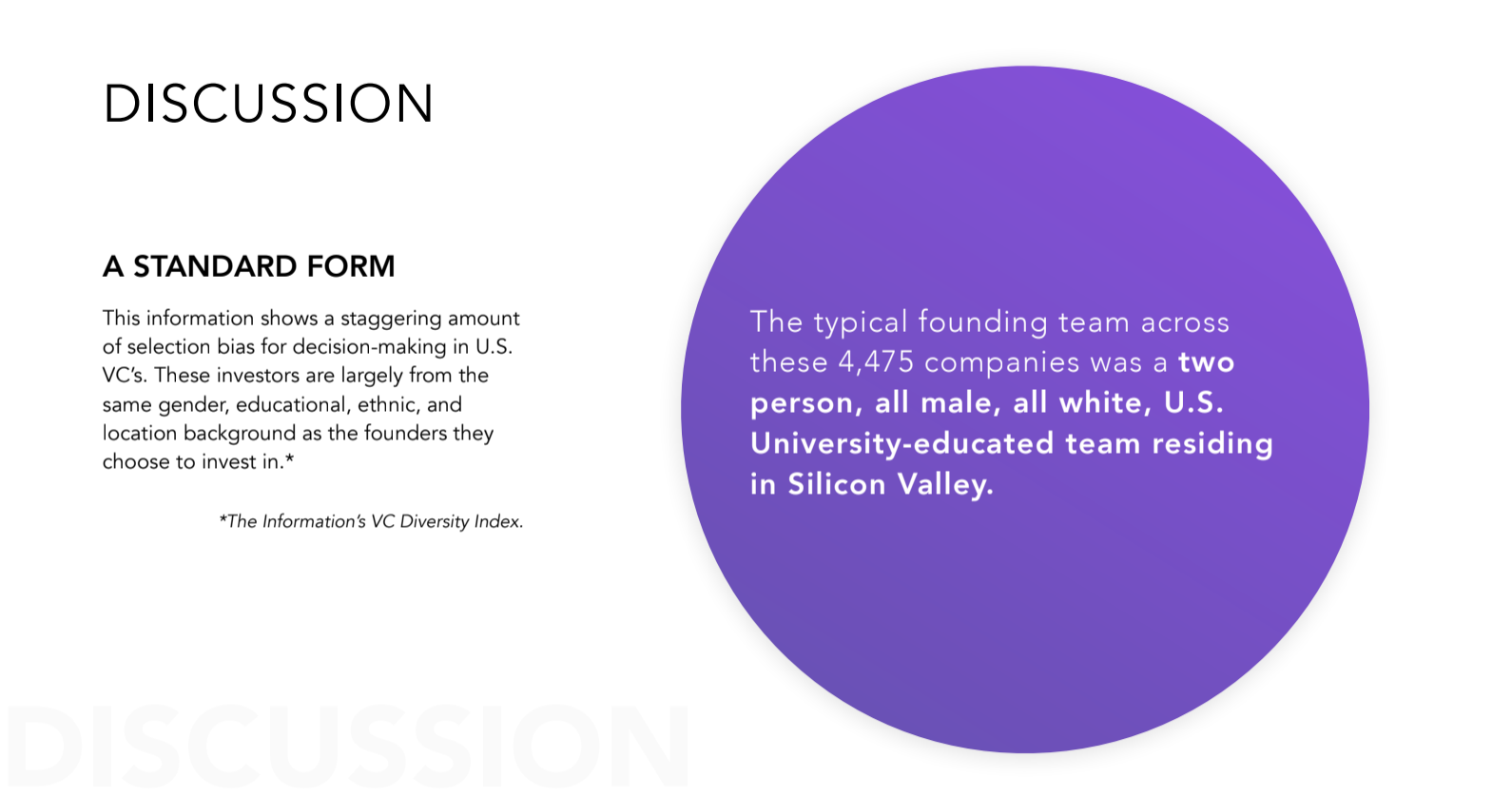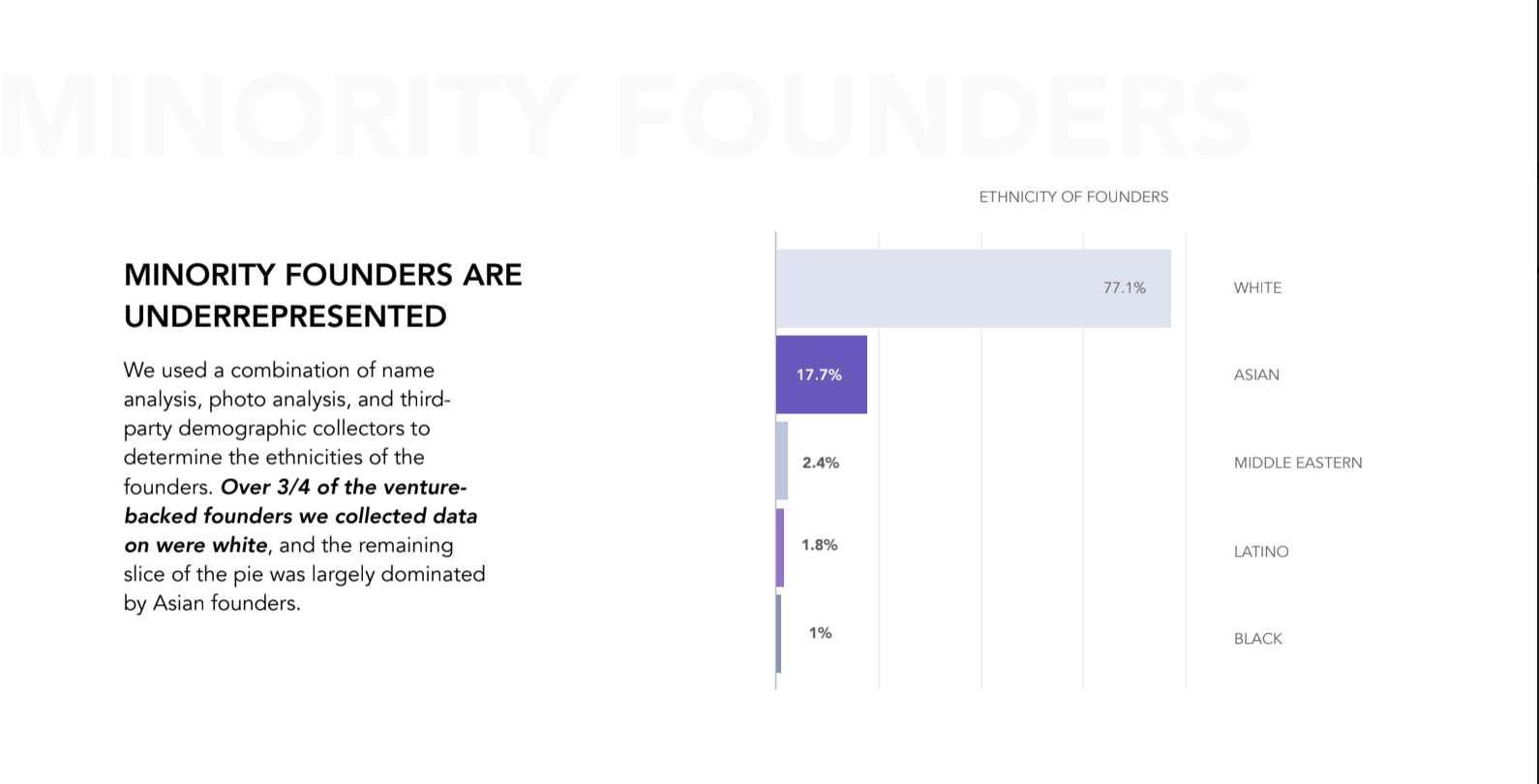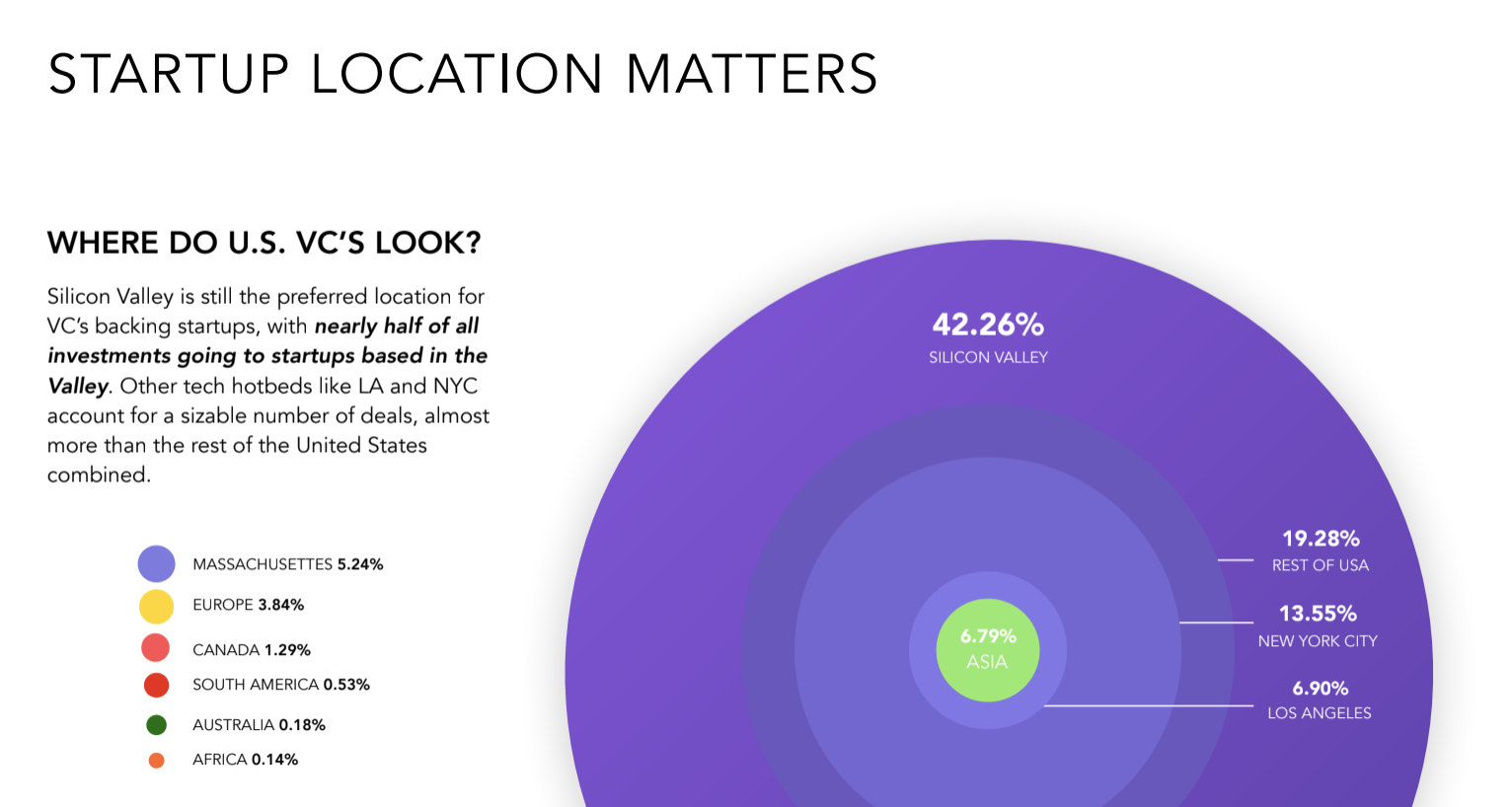California Governor Gavin Newsom earlier today proposed a so-called digital dividend that would let consumers share in the profits generated by California-based tech companies that have been “collecting, curating and monetizing” their users’ personal data. Newsom added that he has asked his administration to develop a proposal for a “new data dividend for Californians, because we recognize that data has value, and it belongs to you.”
It’s an idea that tech companies will surely argue against if it begins to take shape beyond a talking point, but it has at least one early proponent: Jim Steyer, the founder and CEO of the hugely popular,15-year-old nonprofit organization Common Sense Media. In fact, says Steyer, the idea is his, and Common Sense, which also has powerful advocacy and educational arms, is working on related legislation right now.
Steyer’s involvement in the background might surprise some of the 125 million people who visit the site each year for advice on what movies, shows, apps, and games are age appropriate for their children. But it’s well-known to executives in politics, media, and tech,who Steyer has befriended and sometimes harangued, all in the pursuit of putting children first, he suggests.
As renowned GOP strategist Mark McKinnon told Politico in 2014, Steyer knows everyone, and he doesn’t shy from tapping his vast network when he wants to get something done. In fact, McKinnon told the outlet that he couldn’t remember how he came into Steyer’s orbit initially, but that their meeting was no accident. “He figured I could help him, and he found me . . . He’s connected to more big names than Kevin Bacon.”
We talked with Steyer today as he was en route to the airport in New York to talk with him Common Sense’s reach, how he views tech, and the ways he has been using his powerful platform in ways that might surprise. Our chat with Steyer (who is big brother of billionaire hedge fund manager Tom Steyer) has been edited for length and clarity.
TC: You have 300 employees, 125 million unique users, and you’ve said that Common Sense’s research-based curriculum and tools are used in over 75,000 U.S. schools. Are people constantly trying to persuade you to turn Common Sense into a for-profit venture?
JS: Forever. All the time. But we’re Switzerland. It’s important to us that you can’t buy our reviews and ratings, even if you’re [CEO] Bob Iger at Disney. We’re there for parents who need an independent resource about TVs, movies, video games, books, cells phones, social media. Our mission is to make children the number one priority in our society.
TC: And you’re financed–
JS: We’re extremely well-financed because we license our ratings to Comcast, to Charter, Cox, Netflix. They all use us, but we’re also their biggest critics on the advocacy front.
TC: I didn’t realize what a political force Common Sense has become, by your telling.
JS: We’re the biggest advocates for [Governor Gavin} Newsom’s early-childhood agenda. We wrote the privacy law that passed in California last year [and offers California consumers sweeping new internet privacy protections beginning next year]. Gavin announced the data dividend today in today’s address; we’re about to introduce legislation on this.
TC: Why this for your life’s work?
JS: Because I was a school teacher in Harlem in the South Bronx. Then I ran the NAACP Legal Defense Fund and started [my first advocacy venture] Children Now [in 1988]. My life’s work has been kids, and there was nobody doing anything like what Common Sense does. There were advocacy groups, but our goal was really to create the AARP for kids.
TC: You went to high school with Roger McNamee, who has written a new book called “Zucked” about the damage Facebook has wreaked on society. We talked with him about it last week. What did you think of the book?
JS: I’m in the book. Did you read the whole thing? Roger and Tristan [Harris, a former design ethicist at Google who is now the director and a co-founder of The Center for Humane Technology] were based out of our office for a year.
I wrote “Talking Back to Facebook,” which basically said the same thing, in 2012. You could see it coming way before “Zucked,” which I told Roger, who was a terrible guitarist in high school, by the way. You can quote me on that. He’s my good friend but he was terrible.
TC: You have four kids. What’s your stance on technology?
JS: My stance? It’s limit it. Set clear rules and follow them. The world of tech and social media is here to stay. The genie is out of the bottle. So you have to come up with a healthy tech diet. You have kids? Don’t let them have cell phones. Delay, delay, delay, baby. The Steyer kids didn’t get a cell phone until high school. Except the fourth. You get tired. He’s also a true digital native, where the older kids have graduated from Stanford and I ask them, Aren’t you glad you didn’t have phones earlier on? You turned out okay.
TC: We’re having that battle right now with our 11-year-old. In fact, I’m on Common Sense maybe 10 times a week doing research to counter his arguments. The platform does seem conservative when it comes to age appropriateness.
JS: We’re rating things for people wnot just who live in San Francisco but who live in Greenville, South Carolina and rural Alabama and in Kabul, Afghanistan. We don’t presuppose that local standards are the same everywhere. That said, we understand that you might subtract a year or two from our recommendations. My own children did that.
TC: What’s the fastest-growing aspect of your content? Is it around social media?
JS: A lot of interest centers on social media — Instagram, Snapchat. People are also very focused on where their kids now watch TV, which is YouTube .
TC: YouTube is very actively driving me crazy right now.
JS: It should be. There are many disgraceful elements and I tell Sundar [Pichai] and Susan [Wojcicki] and they would like to help us. They know it’s a huge pain point.
TC: You sound like Roger McNamee, who talks about Mark Zuckerberg and Sheryl Sandberg eventually seeing the light. Does Google want to work with you? Do you think these platforms should be regulated?
JS: We want to regulate them and we want to work with them. I like Sundar. I like Ruth [Porat, Google’s CFO]. I like the people running Google more than their predecessors, who I also know quite well. But YouTube is the single-most popular platform for kids these days and there are zero controls, zero rules. It’s a completely unregulated environment.
TC: How does Common Sense approach the morass that is YouTube? How can you help parents steer through the content?
JS: We’re looking at the whole picture right now and taking a holistic approach. Sundar is a power user; he has three kids. Susan is my friend. She has five kids. We go to football games together. We are having that discussion. They know it’s a big deal.
TC: And Mark Zuckerberg? Sheryl Sandberg? What’s your take on Facebook, more than six years after writing your book?
JS: I think all this pressure is an existential threat to their brand. Last year, they were largely mute. Even though they didn’t like when we wrote and passed that privacy act they stayed out of it, because their brand has been so tarnished. Parents know they can’t trust their kids with Facebook and Instagram. And [Instagram founders] . Kevin [Systrom] and Mike Krieger have left. Jan Koum of WhatsApp has left. Its record speaks for itself.
We have a complicated relationship because of my book and because we refuse to partner with them. We work through political efforts instead. Do I get invited to Sheryl’s Hanukkah party any more? No.
I respect their extraordinary success. We’ve just disagreed with them on so many levels for so long that I wrote a book about them and I was right. Go read it. You can probably find it for $2.
TC: Is Amazon part of Common Sense Media’s purview?
JS: We highlight kids making purchases without their parents’ knowledge all the time. This is a brave new world, and we’re trying to bring some order to the chaos.
There’s a lot of this libertarian ethos in Silicon Valley that I don’t agree with. The consequences for kids are too steep. It’s been ‘damn the torpedoes, full speed ahead.’ And the chickens are coming home to roost.






 As users interact with the products, the website adapts to that behavior to offer personalized product recommendations and related items.
As users interact with the products, the website adapts to that behavior to offer personalized product recommendations and related items.
 In the current design, Direct on the web is available from a Direct arrow icon in the top right of the screen. The feature looks like it will use an Instagram.com/direct/…. URL structure. If the feature becomes popular, perhaps Facebook will break it out with its own Direct destination website similar to https://www.messenger.com which
In the current design, Direct on the web is available from a Direct arrow icon in the top right of the screen. The feature looks like it will use an Instagram.com/direct/…. URL structure. If the feature becomes popular, perhaps Facebook will break it out with its own Direct destination website similar to https://www.messenger.com which